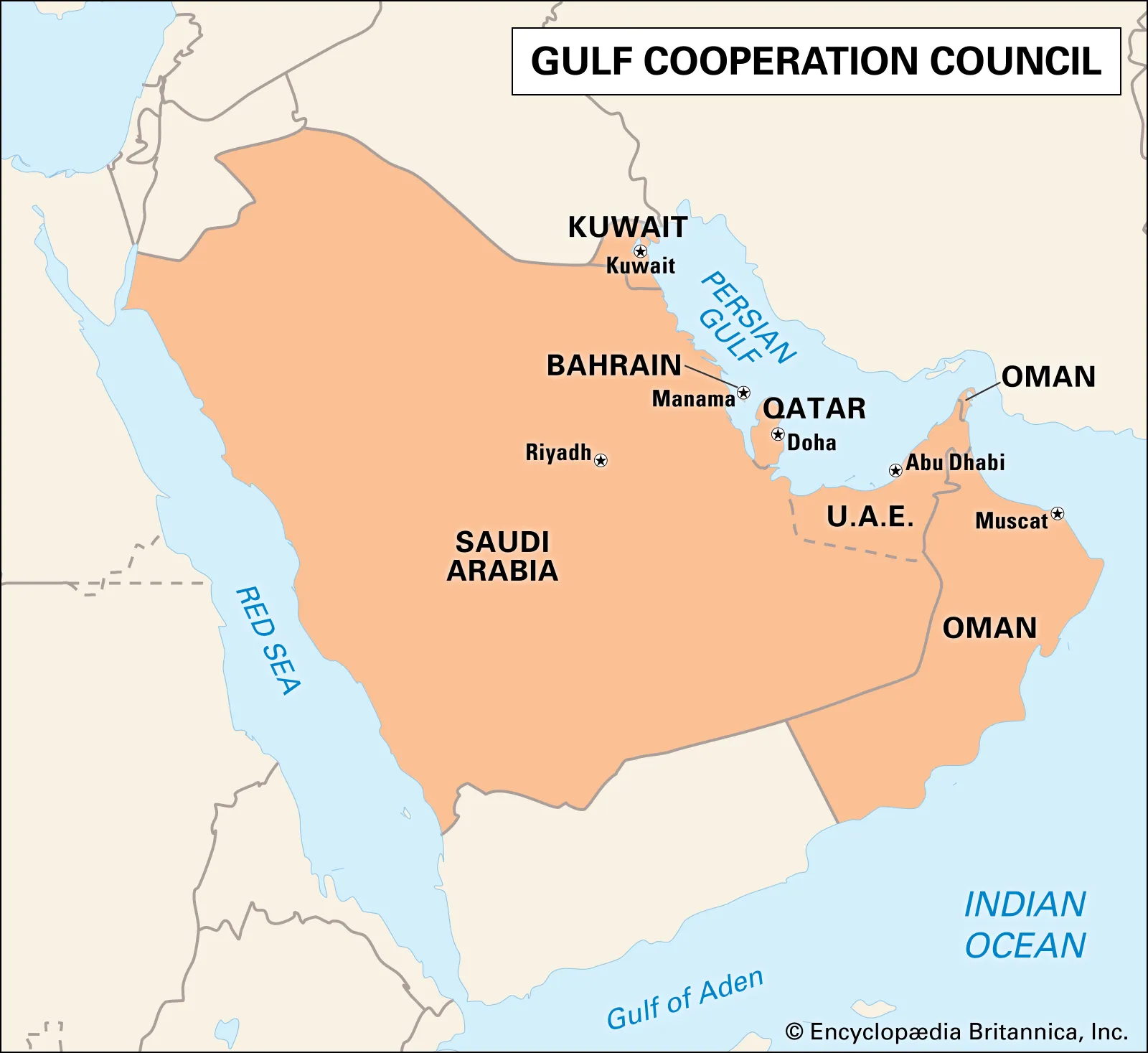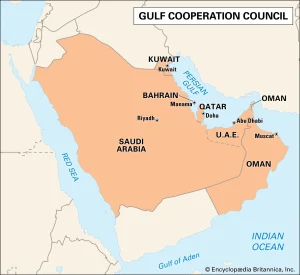The Gulf Cooperation Council (GCC) countries—Bahrain, Kuwait, Oman, Qatar, Saudi Arabia, and the United Arab Emirates (UAE)—are at a pivotal moment in their economic development. Historically reliant on oil and gas, these nations are now aggressively pursuing diversification strategies to build resilient, future-ready economies. Here’s a comprehensive look at how GCC countries are moving beyond hydrocarbons and the key strategies driving this transformation.
Why Diversification Is Imperative
-
Finite Oil Revenues: The recognition that oil reserves and revenues are not infinite, coupled with the volatility of global oil prices, has made diversification a strategic necessity5.
-
Job Creation: The hydrocarbon sector is capital-intensive but not labor-intensive, so it does not create enough jobs for the region’s young and growing population7.
-
Global Energy Transition: The shift toward renewable energy globally is reducing long-term demand for oil, making it essential for GCC economies to adapt6.
-
Economic Resilience: Diversification reduces vulnerability to oil price shocks and supports sustainable growth17.
–
Key Diversification Strategies Across the GCC
1. Investing in Non-Oil Sectors
-
Financial Services: Bahrain and the UAE have developed robust financial sectors, attracting regional and international banks and fintech companies65.
-
Tourism: Saudi Arabia has opened its tourism sector, launching mega-projects like NEOM and promoting religious and leisure tourism. The UAE, especially Dubai, has become a global tourism and events hub56.
-
Manufacturing: GCC countries are expanding manufacturing, particularly in downstream petrochemicals, metals, and, increasingly, high-tech industries. Bahrain’s “Golden Licence” scheme, for example, has attracted major investments in titanium production67.
-
Logistics and Trade: Leveraging their strategic locations, countries like the UAE and Qatar have invested heavily in ports, airports, and logistics infrastructure to become global trade and transport hubs57.
-
Healthcare and Education: Qatar and the UAE have invested in world-class healthcare and education facilities, attracting medical tourism and international students5.
2. Attracting Foreign Investment
-
Golden Licences and Residency Schemes: Bahrain’s “Golden Licence” program and similar initiatives in the UAE and Saudi Arabia offer incentives and streamlined processes for foreign investors, helping to attract billions in new investments and create thousands of jobs6.
-
Free Zones: The establishment of free zones and economic clusters has allowed 100% foreign ownership and tax incentives, making the region attractive for multinational companies57.
-
Improved Business Environment: Simplified licensing, investor protections, and competition policies have made it easier to start and operate businesses78.
3. Embracing Technology and Digital Transformation
-
Smart Cities: Initiatives like NEOM in Saudi Arabia and Masdar City in the UAE are creating hubs for innovation, renewable energy, and high-tech industries7.
-
Digital Economy: GCC governments are investing in digital infrastructure, e-government services, and emerging technologies such as artificial intelligence, blockchain, and the Internet of Things5.
-
Startup Ecosystem: Support for incubators, accelerators, and entrepreneurship is nurturing a vibrant startup scene in sectors like fintech, e-commerce, and renewable energy5.
4. Renewable and Alternative Energy
-
Solar and Wind Projects: Saudi Arabia and the UAE are investing billions in solar and wind energy, aiming to become leaders in renewable energy production and technology7.
-
Research and Development: Institutions like the King Abdullah City for Atomic and Renewable Energy (Saudi Arabia) and the Masdar Institute (UAE) are advancing research in sustainable energy and climate resilience7.
5. Human Capital Development
-
Education and Training: GCC countries are prioritizing STEM education, vocational training, and partnerships with international universities to prepare their citizens for high-value jobs in diversified sectors5.
-
Nationalization Policies: Initiatives to increase the employment of nationals in the private sector, such as Saudi Arabia’s Saudization, are being implemented to reduce dependence on expatriate labor74.
6. Expanding Trade Partnerships
-
Pivot to Asia: The GCC is diversifying its trade relationships, shifting focus from traditional Western partners to emerging Asian markets, particularly China and India27.
-
Export Diversification: Beyond oil, GCC countries are increasing exports of chemicals, plastics, metals, and services, reducing exposure to oil market volatility7.
–
Country-Specific Success Stories
United Arab Emirates (UAE)
-
Tourism, finance, logistics, and renewable energy are thriving, with Dubai and Abu Dhabi leading in global connectivity and innovation56.
-
Masdar City is a model for sustainable urban development and clean technology7.
Saudi Arabia
-
Vision 2030 is transforming the economy with mega-projects, entertainment, tech, and tourism. NEOM and the Public Investment Fund are central to these efforts57.
-
Renewable energy projects and a focus on digital transformation are key pillars7.
Qatar
-
Investments in sports, education, and finance have diversified the economy, with major international events like the FIFA World Cup boosting non-oil sectors5.
-
Education City and the Qatar Financial Centre are critical to long-term diversification5.
Bahrain
-
Financial services and manufacturing are major non-oil contributors. The Golden Licence scheme is attracting significant new investment67.
Oman and Kuwait
-
Oman is focusing on logistics, tourism, and mining, while Kuwait is making gradual progress but remains the least diversified7.
Challenges and the Road Ahead
-
Private Sector Reliance on Government: Many private sector activities still depend on government spending funded by oil revenues, limiting true diversification1.
-
Employment of Nationals: Creating high-paying, high-productivity jobs for citizens remains a challenge, especially as public sector opportunities decline47.
-
Sustaining Momentum: Diversification requires continued investment, regulatory reforms, and citizen engagement to avoid reliance on “white elephant” projects that need ongoing government support1.
Conclusion
GCC countries are making significant progress in diversifying their economies, focusing on non-oil sectors, foreign investment, technology, renewable energy, and human capital. While challenges remain, robust policy initiatives and strategic investments are driving the region toward sustainable, innovation-driven growth.


